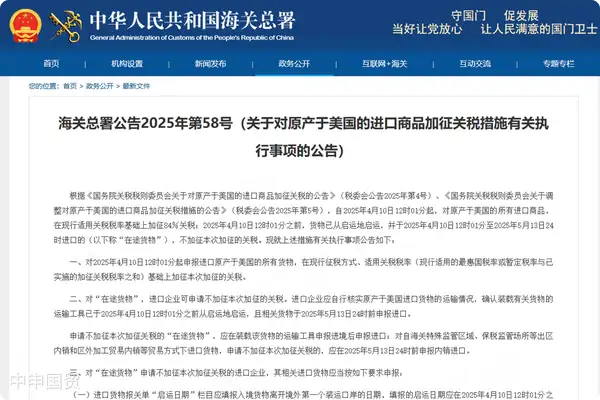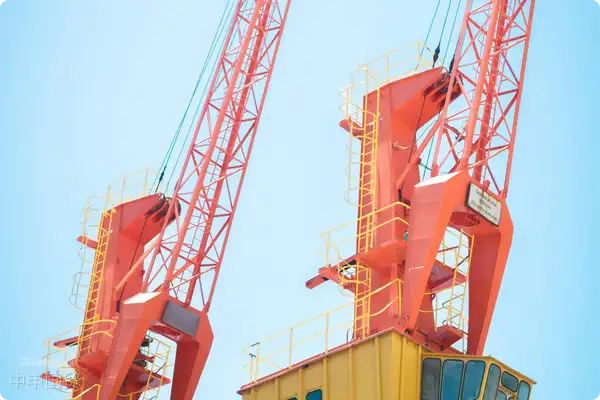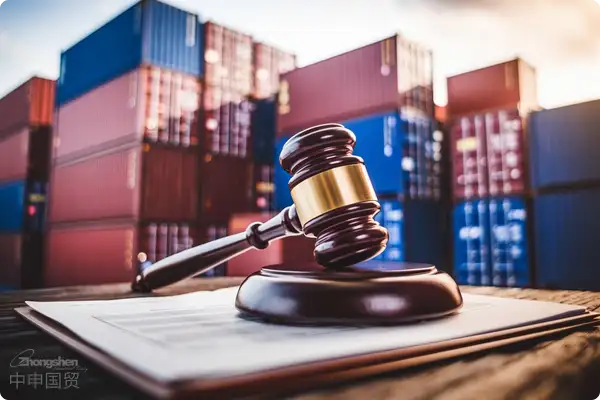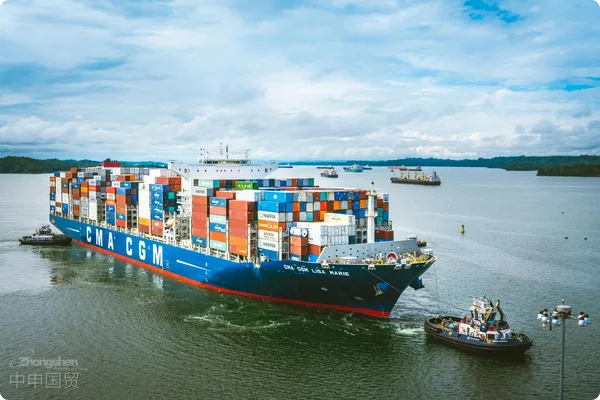- Shanghai Zhongshen International Trade Co., Ltd. - Two decades of trade agency expertise.
- Service Hotline: 139 1787 2118
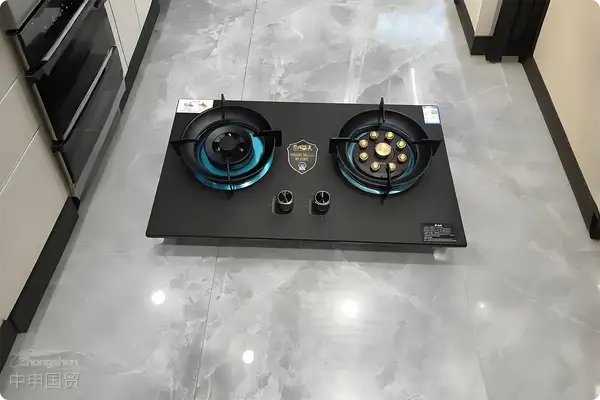
The Customs Clearance Code for Gas Stove Imports: The Value of Professional Agency
As the Fire General in the kitchen, importing household gas stoves is not as simple as ordinary goods. Last year we handled a case of importing high-end German gas stoves where the client almost incurred huge demurrage fees due to unfamiliarity with CCC certification requirements. This precisely demonstratesImport Representationthe significance of our existence—we must be bothexperts in interpreting policies and regulations, and serve asgatekeepers of risk prevention and control.
Essential preparations before import: These steps are indispensable
When youre interested in an imported gas cooker, let us complete these key actions first:
- HS Code positioningGas cookers are usually classified under 7321.11 or 7321.19 with tariff rates of 6%-8%, but specific HS codes may vary depending on materials (stainless steel/cast iron) and functional differences
- Verification of regulatory conditionsMust confirm whether the product has CCC certification (customs supervision condition L). We can assist in obtaining temporary CCC certificates
- Pre - review of DocumentsOriginal factory providedIt is recommended to verify through the following methods:, test reports, energy efficiency labels and other documents need to be verified in advance, especiallyFlame failure devicetechnical certifications
Warning about minefields in international shipping
Last years case: An Italian brand gas cooker had a 30% breakage rate for glass panels due to improper packaging. Therefore we specifically recommend:
- ChooseFull Container Load (FCL) Transportation:(FCL) instead of LCL to reduce handling damage risks
- Require suppliers to provideglass componentswith bubble wrap + wooden crate double protection
- PurchaseMaritime TransportationAll Risks, specifically adding risk of breakage clauses
Three major challenges in customs clearance
When goods arrive at the destination port, the real test begins:
- Customs declaration documents: In addition to regular packing lists and invoices, prepareenergy efficiency label registration number,gas adaptability declarationand other special documents
- customs inspection: 60% of gas cookers will undergo unpacking inspection, focusing on CCC marks, energy label placement and flame failure protection devices
- to transportation plan optimization: Besides tariffs and VAT, some ports will also charge3Cproduct entry verification fee (about 0.5% of goods value)
Essential safety procedures after delivery
Customs clearance is just the beginning. We also provide:
- Arrival inspection: Verify consistency between product nameplates and declared information, especially gas type (natural gas/LPG)
- Chinese label: Assist in affixing safety warning labels compliant with GB standards
- User guide: Provide customs requiredChinese instruction manualTemplate for customer reference
Special reminder: Avoid these pitfalls at all costs
Based on our 20 years of agency experience, common issues with gas stove imports include:
- ConfusionGas typeLeading to batch returns (e.g., declared as natural gas but actually LPG)
- OverlookingEnergy efficiency labelQR code validity period (some brands may use expired registration numbers)
- Failure to reserveInspection time(CIQ inspection typically takes 3-5 working days)
Remember, leave professional matters to professionals. When you next see an imported gas stove you fancy, why not ask us: Is the customs clearance plan for this cooker ready? After all, keeping the flame burning within compliant boundaries is the true flame of wisdom.
Related Recommendations
? 2025. All Rights Reserved. Shanghai ICP No. 2023007705-2  PSB Record: Shanghai No.31011502009912
PSB Record: Shanghai No.31011502009912
